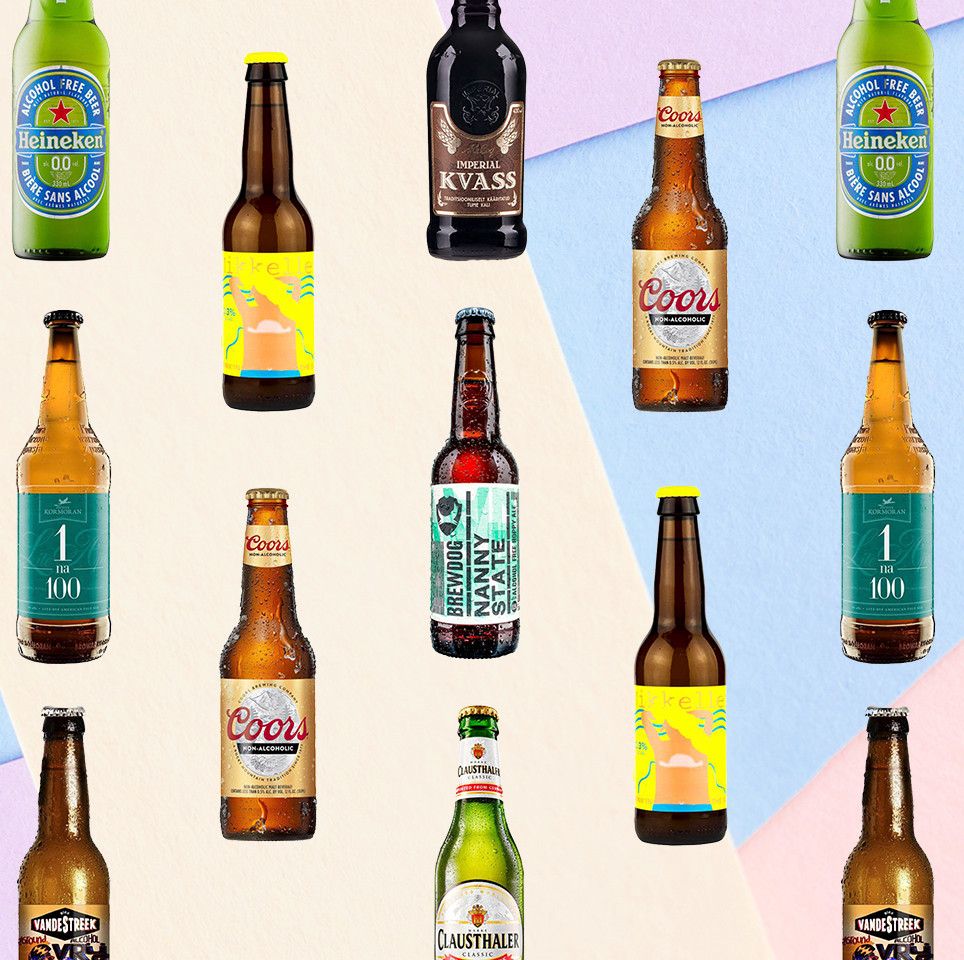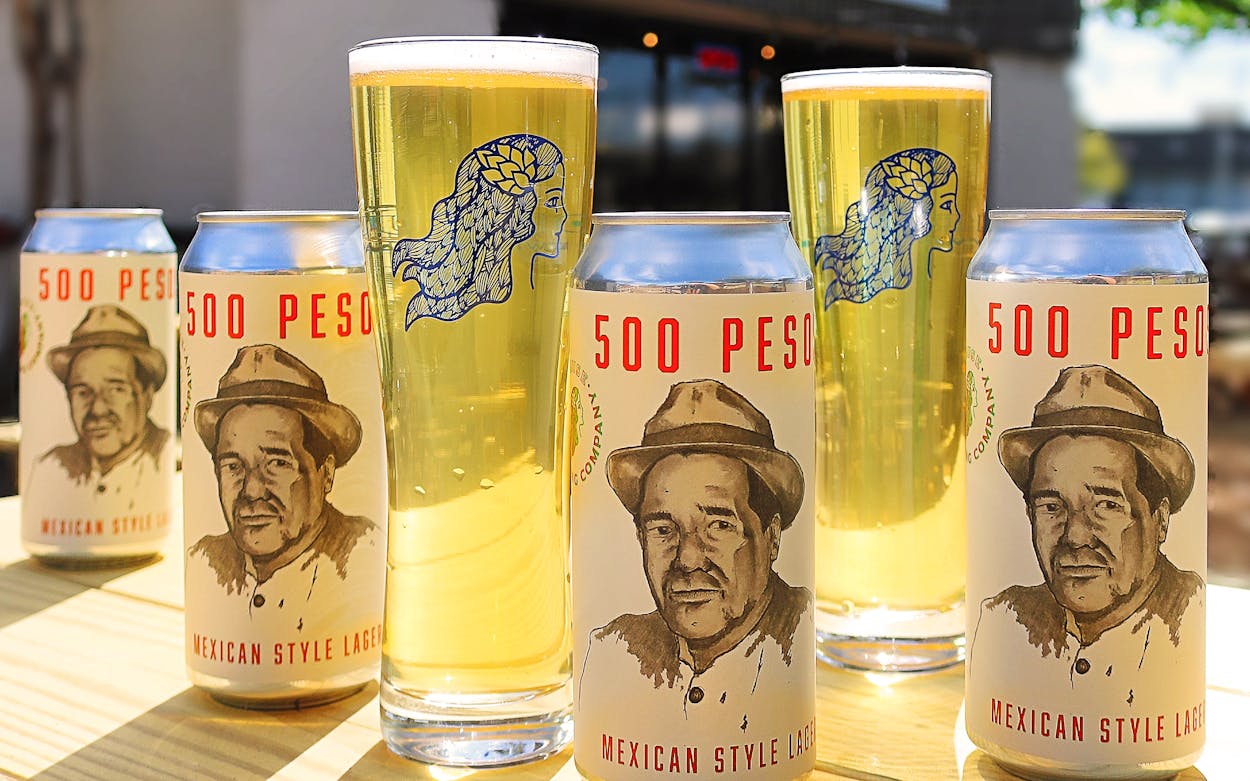Distilleries Demystified: A Full Failure of the Production Refine
In the realm of spirits manufacturing, distilleries serve as the enigmatic hubs where raw components are transformed into complex and nuanced elixirs. The process of distillation is a meticulous craft that links scientific research, custom, and creativity to produce the spirits we have actually come to appreciate.
Background of Distilling
How did the old art of distilling progress into the modern market we understand today? The history of distilling dates back hundreds of years, with its origins mapped to civilizations such as the Mesopotamians, Egyptians, and Greeks. These old societies used crude kinds of purification to create fragrances, medicines, and also liquors. In time, this primitive method evolved, with considerable improvements made by early Arab alchemists throughout the Center Ages. They spearheaded the use of distillation for the manufacturing of spirits like brandy and bourbon, laying the foundation for the distilling methods we see today.
The distilling procedure continued to proceed through the centuries, with the improvement of methods and the introduction of new innovations. The Industrial Transformation marked a considerable juncture, as advancements such as the column still changed mass manufacturing and performance in distilleries. This era saw the surge of renowned spirits brands that have come to be family names worldwide. Today, the art of distilling has actually transformed into an innovative industry, mixing custom with innovation to meet the needs of a critical global market.
Raw Material Choice

When selecting raw products, distillers should consider the sugar content, starch conversion potential, and any kind of pollutants existing, as these factors straight influence the fermentation and purification processes. As an example, in bourbon manufacturing, the choice between various kinds of grains like corn, barley, wheat, or rye will certainly lead to distinct flavor accounts. Additionally, the high quality and quality of the raw materials can influence the efficiency of fermentation and eventually influence the pureness and complexity of the final spirit.
Fermentation Refine
During the fermentation process in distilleries, sugars from the raw materials are converted into alcohol by yeast via a natural chemical response. This important phase typically occurs in huge containers referred to as fermenters (Seawall Bar). Yeast, a microbe, consumes the sugars present in the raw products such as molasses, fruits, or grains. As yeast feeds upon these sugars, it creates alcohol and co2 as results. The fermentation process is carefully kept an eye on to ensure optimum conditions for yeast task, such as maintaining the appropriate temperature and pH levels.
Fermentation times can differ depending upon the details distillery and the kind of alcohol being produced. Some fermentations might last a few days, while others can take weeks. The length of fermentation substantially influences the final taste account of the alcohol. When fermentation is full, the resulting fluid, referred to as the "clean" or "beer," is then prepared to continue to the purification phase, where alcohol focus is better enhanced through the splitting up of components based on their boiling factors.
Purification Techniques
Adhering to the this hyperlink conclusion of the fermentation procedure, distilleries employ a selection of purification methods to additional concentrate alcohol content and improve the flavor account of the fluid. This technique is recognized for producing robust and abundant spirits (Distillery in Galveston).
One more commonly used method is column distillation, which entails several distillation phases in tall columns. This method is preferred for its performance in creating high-proof alcohol and is generally used in generating vodka and various other neutral spirits. In addition, fractional purification is an extra polished form of column purification that permits precise separation of various components based on their boiling points, leading to exceptionally pure spirits. Ultimately, the option of distillation strategy considerably affects the qualities and high quality of the final spirit produced.
Maturation and Bottling
Upon getting to the wanted degree of flavor development and intricacy, distilled spirits undertake maturation prior to being bottled for intake. Galveston Whiskey. Growth is an important phase where the spirits are matured in barrels or barrels made from numerous products like oak, which imparts distinct flavors and characteristics to the liquid. During this duration, the spirits engage with the timber, permitting them to mellow, develop new tastes, and boost their overall intricacy

The period of growth varies depending on click this site the sort of spirit being generated and the wanted final product. Spirits such as rum, whiskey, and brandy often need years of maturation to reach their optimum preference account. Throughout this process, environmental aspects like temperature variations can also affect the growth procedure, influencing the final taste of the spirit.
As soon as the spirits have actually grown to excellence, they are all set to be bottled. Bottling involves filtering system the spirits to remove any continuing to be contaminations, readjusting the alcohol material if required, and finally, packaging the fluid in containers or bottles ideal for distribution and usage. The bottling phase represents the conclusion of the distillation process, where the thoroughly crafted spirits are offered to customers for their enjoyment.
Conclusion
To conclude, the distillation procedure entails choosing resources, fermenting them, and using different techniques to boil down the liquid. Maturation and bottling are crucial action in generating top notch spirits. Comprehending the history and intricacies of distilling sheds light on the intricacy and creativity entailed in developing distilled drinks. By following these steps, distilleries can generate a wide variety of spirits with one-of-a-kind flavors and qualities.
The process of distillation is a thorough craft that intertwines tradition, creativity, and science to yield the spirits we have actually come to appreciate.The selection of raw products is a crucial aspect of the distilling procedure, affecting the top quality and flavor profile of the last spirits generated. Furthermore, fractional distillation is a more refined form of column purification that enables for precise splitting up of various parts based on see this here their boiling factors, resulting in exceptionally pure spirits. Throughout this procedure, ecological elements like temperature variations can additionally affect the maturation process, influencing the final flavor of the spirit.
The bottling stage stands for the end result of the distillation process, where the thoroughly crafted spirits are offered to consumers for their satisfaction.